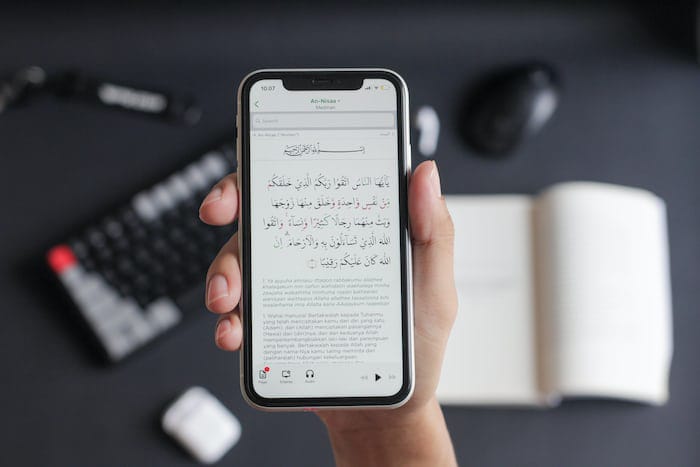Ruling on Images
Ruling on Images and pictures plays a significant role in today’s world, whether people use them as personal photographs or create them as artistic works. However, it’s essential to understand that Islam has clear rules and guidelines regarding the creation and use of images. We will delve into the Islamic perspective on images and address common questions related to this topic.
Understanding Images: What Are They?
Defining Images
In Islamic terminology, we define images as representations of moving objects, such as humans, animals, and birds, captured in a visual form. To comprehend Islamic jurisprudence’s stance on images, one must grasp this concept.
The Forbidden Status
Islamic law categorically prohibits people from creating images, as various hadiths emphasize:
- Hadith (a): Prophet Muhammad (peace and blessings be upon him) unequivocally stated that on the Day of Resurrection, individuals who make pictures will face more severe punishment.
- Hadith (b): Islam condemns the act of creating images, holding individuals accountable for giving life to what they have depicted.
- Hadith (c): Prophet Muhammad emphasized that individuals who create images will receive a command to breathe life into them, a task beyond their capacity.
- Hadith (d): Narrated by Ibn Abbas, this hadith asserts that every painter will bear a heavy burden for each picture created, with the extent of their punishment determined by the number of lives depicted.
- Hadith (e): Angels avoid entering houses containing images.
These hadiths encompass all images, whether they cast shadows or not. The term “non-shadow” refers to images made on surfaces like wallpaper or cloth. Even within the Kaaba, images were erased by Prophet Muhammad (peace be upon him), reinforcing the prohibition.
Exceptions: Currency Notes and Necessities
Certain exceptions exist, such as permitting currency notes featuring rulers’ portraits, along with passports and identity cards. These exceptions are allowed but should only be used out of necessity.
The Ruling on Hanging and Keeping Pictures
Hanging Pictures
Islam prohibits the hanging of pictures of inanimate objects, as Prophet Muhammad (peace be upon him) forbade images within homes.
Personal Pictures
Islam discourages the practice of keeping personal photographs, including family portraits, as evident from the prohibition mentioned in the hadith. However, people may retain sticky pictures when necessary.
Handling Papers with Allah’s Names
Papers Containing Quranic Verses
When papers, newspapers, or letters feature Quranic verses, individuals must treat them with respect. After perusing such materials, they should handle them with care. Options include burning them, washing them in clean water, or burying them in a holy place, all aimed at preventing any disrespect to the Quranic verses and the names of Allah.
Maintaining Sanctity
People should avoid thoughtlessly disposing of such papers, using them for unclean purposes, or discarding them without regard for their sanctity, as this is considered disrespectful.
Islam provides clear guidelines concerning images, pictures, and materials featuring Quranic verses or the names of Allah. Understanding these guidelines is crucial for practicing Muslims. While certain exceptions exist, maintaining the sanctity of religious texts and respecting the prohibition on images are fundamental principles in Islamic jurisprudence.
More Fact: Wish for Death

